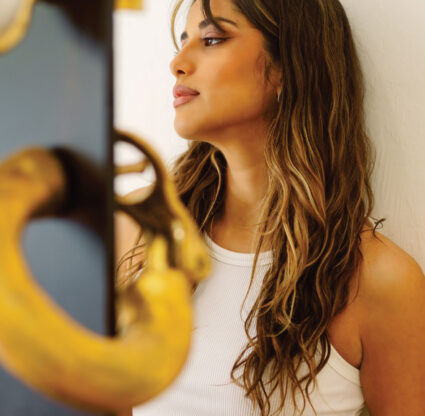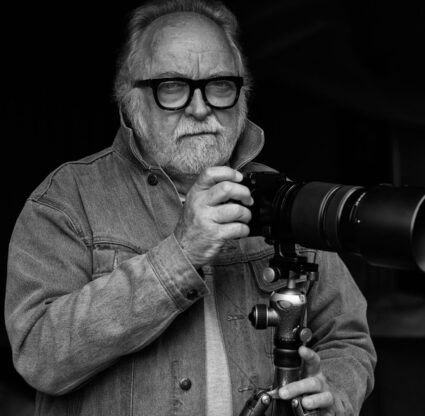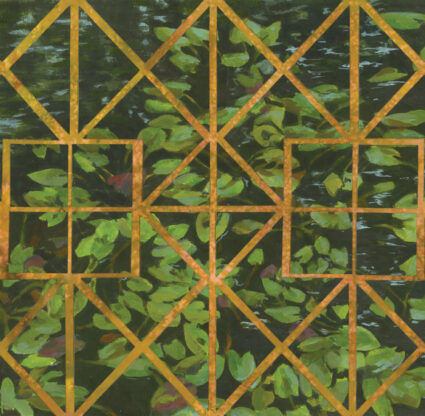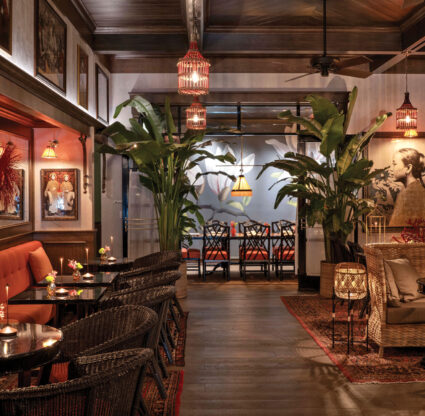Few things awaken us to the need to protect our wild spaces like a stirring work of art. Audubon Corkscrew Swamp Sanctuary—which recently launched an artist-in-residence program—is one of those Southwest Florida oases that provides endless inspiration to creatives and budding conservationists.
New York-based textile artist Tamara Kostianovsky found her muse on a morning jaunt through the preserve before her recent Botanical Revolution exhibit at Artis—Naples, The Baker Museum. The Argentinian-bred artist explores consumer culture, violence and environmentalism via stitched sculptures and panels of flora and fauna in various states of decay and rebirth. Working with recycled fabrics—her medium—softens and humanizes everything while speaking to the ecologically taxing fashion industry.
Recent works take the artist deeper into her ecological focus. In Botanical Revolution, birds perch on cushiony, dangling butchered animals (see: Carcass With Egret, inspired by her time in Naples); tree stumps (made from her late father’s wardrobe) depict fleshy tones and arterial ridges; and botanical tapestries brim with wildlife, reflecting the hope for the renewal of exploited regions. Gulfshore Life community advisory board member and Naples restaurateur Ingrid Aielli recalls the show as her favorite of the season. “You feel like you’re in nature even though you’re in the museum,” Ingrid says. She loved Tamara’s Southwest Florida-inspired Morning Walk at Corkscrew Swamp, which emerged from the artist’s visit.
Tamara was about to leave Corkscrew defeated, not having seen any wildlife, when she spotted the alabaster egrets that inspired the piece. “I was mesmerized by the sculptural nature of those beaks—so pointy and twisty,” she says. The brilliant blue comes from the artist’s first day in Naples, sitting outside Kunjani coffee shop. “I looked up, and [the sky] was the most incredible shade of blue—it almost belonged in a Disney movie,” she says.
Part of Tamara’s Fowl Decorations series—which recreates historic French wallpapers that flaunted non-native peacocks and other exotic birds to market in the New World—the piece aims to right historical fallacies. “It’s trying to repopulate French ornamental floral design with native birds in the Americas,” she says.
The triptych diverges slightly from Tamara’s focus on using flesh wounds to talk about cultural norms around violence and excessive consumerism. “It takes more of a zoomed-out look … at colonization as a violent act ecologically speaking—it’s a wound to the land—and how to repair the record,” she says.
Now part of The Baker’s permanent collection, Morning Walk at Corkscrew Swamp is a fitting tribute to the preserve’s 70th anniversary this year. “When you go out on that boardwalk, you get an opportunity to explore this cypress forest, spend time with the wildlife and experience what Florida was once like,” Corkscrew director Keith Laakkonen says. You may even find a little creative inspiration of your own.




